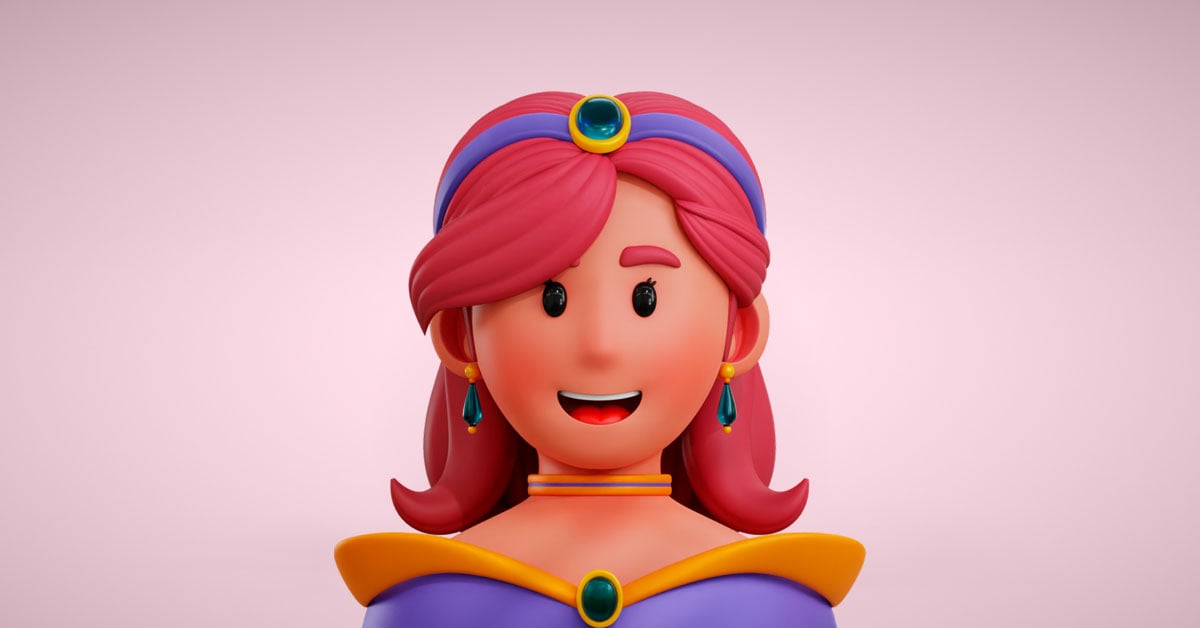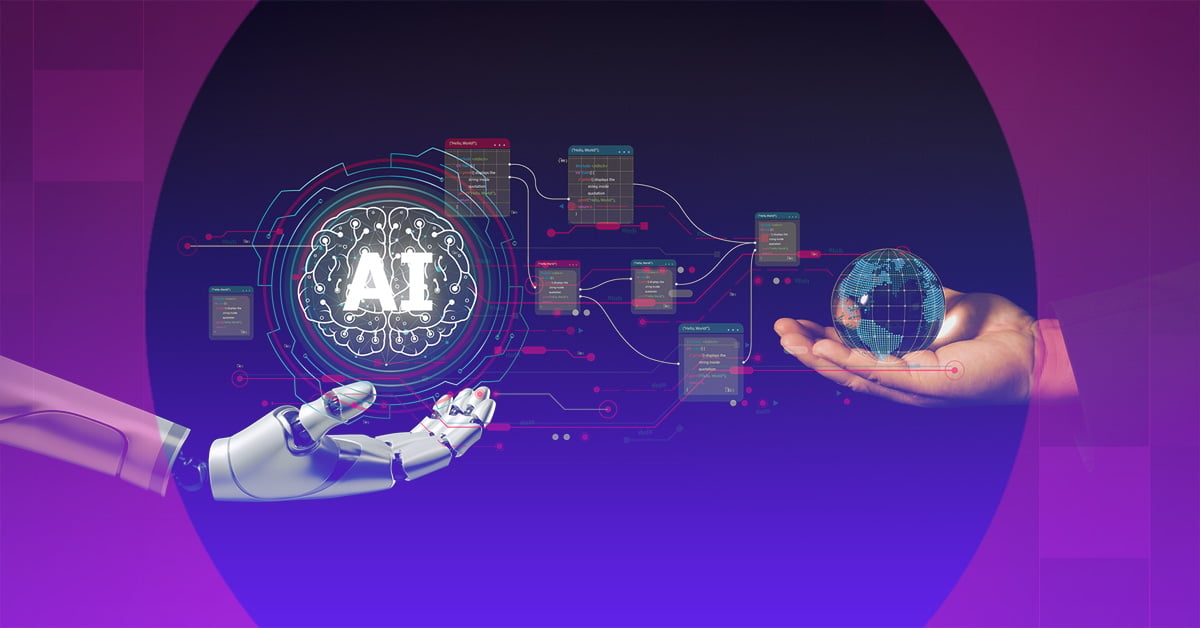Without many of us knowing it, AI is rapidly transforming the very world we’re living in. It is in almost everything: art, music, literature, and many more. And now, creativity is being pushed to its limit with generative design. It is revolutionizing the creative landscape in ways we never thought of before. Powered by AI, generative design represents the next big thing in creativity.
What is Generative Design?

Using computer algorithms and AI, generative design is the creative process that is used to create a variety of design solutions. It gets its ideas from the specific requirements and constraints the designers feed it. It then explores the many variables and possibilities to find the best options.
Generative design utilizes technology to help designers come up with innovative and optimized designs that they may not have known of using traditional methods. In short, generative design enhances creativity, saves time, and paves the way for designers to gain more access to design exploration.
Advantages of Generative Design

While it may be unfamiliar territory to many, generative design offers many benefits. You’d be surely missing out if you didn’t explore it right now. Below are some vital advantages that should make you rethink generative design if you’re still in doubt:
Enhanced Creativity
Generative design broadens the scope of creative possibilities by producing a wide range of design options that designers were previously unaware of. It sparks innovation by exploring novel approaches and testing the boundaries of traditional design thinking.
Optimization and Efficiency
Generative design uses algorithms and computing power to optimize designs based on predetermined criteria. This includes performance, cost, or weight, among many others. With it, designers can quickly find the most efficient solutions by automating the design iteration process.
Managing Complex Problems
Generative design is excellent at solving complex design problems with multiple variables and constraints. It is capable of processing and analyzing vast amounts of data to allow designers to tackle challenges that would be time-consuming and impractical to solve manually.
Improved Customization Capabilities
Customizing designs will be simpler and easier with generative design. Designers can input their specific parameters or preferences to generate bespoke designs that precisely match these. This results in producing a more personalized and user-centric design.
Sustainable Designs
When designers incorporate environmental factors and optimization objectives into generative design, they promote sustainability. With it, they can create designs that reduce energy use, minimize material waste, and improve the overall ecological footprint. This will lead to more environmentally friendly and sustainable solutions.
Time and Cost Savings
Generative design saves you time and money by automating design exploration and optimization. Designers can swiftly cycle through various design options, find the best ones without extensive manual labor, and speed up the design process while cutting costs.
In summary, generative design provides designers the power to overcome traditional design limits and open up new avenues. It encourages innovation, improves efficiency, and allows for sustainable design solutions.
Applications of Generative Design

As generative design revolutionizes various industries, its presence is becoming apparent. We can find its applications in the following areas:
Architecture and Urban Planning
Generative design is now disrupting the architecture and urban planning landscape by creating innovative building designs, enhancing structural integrity, and exploring sustainable solutions. It helps architects produce intricate and compelling building geometries while improving energy efficiency and advancing urban planning processes.
Product Design and Manufacturing
Generative design is transforming the product design process by creating optimized and lightweight structures. It enables designers to experiment with unique configurations while taking production limitations into account. The result is a product that is both aesthetically pleasing and functionally superior.
Fashion and Textile Design
The fashion world has not been exempted from the beautiful powers of generative design. It is reshaping the industry by automating pattern creation, experimenting with new material combinations, and developing unique designs. It lets designers create customized garments and textiles, which leads to better personalization and creativity in the fashion and textile industry.
Automotive and Aerospace Industries
Thanks to generative design, the automotive and aerospace industries are seeing the development of lighter and more effective vehicle and aircraft components. It helps optimize structural integrity, enhance aerodynamics, and improve fuel efficiency. This translates to more sustainable transportation solutions.
Game Design and Virtual Reality
Game development and virtual reality experiences are now being enhanced with generative design. It helps with the creation of realistic environments, procedural content generation, and the production of unique characters and assets. It is improving how immersive video games and virtual simulations are.
Medical and Healthcare
Generative design is making its advances in the medical and healthcare fields. It is helping create customized implants, prosthetics, and medical equipment. It also helps in optimizing designs for patient-specific needs which improves comfort, functionality, and overall therapeutic effects.
The Challenges of Generative Design

While the possibilities that generative design offers seem limitless, it does have its challenges. One of which is the ethical considerations that surround the automated design processes. There has to be an equal balance between automation and human creativity to avoid raising questions about responsibility, accountability, and the potential loss of the human touch in design.
The Future of Generative Design

Looking ahead, the future of generative design holds immense potential for disrupting many industries. As technology continues to advance, it is expected to be more accessible and user-friendly. It is projected to empower designers and creators, especially as it enters its integration into many more varied fields. In addition, generative design systems and their collaboration with humans will evolve, guiding and refining the design outcomes.
Overall, generative design can reshape many creative processes, foster innovation, and revolutionize industries. We will soon see a future where the design possibilities are limitless.
Final Thoughts
Poised to be a game changer, generative design will be an essential entity in the world of creativity. Using the power of AI, generative design opens new doors to high levels of innovation that we have never witnessed before. For all your design needs, there is Penji.
Click here to learn more about what we do and how you can get our designers started.
















